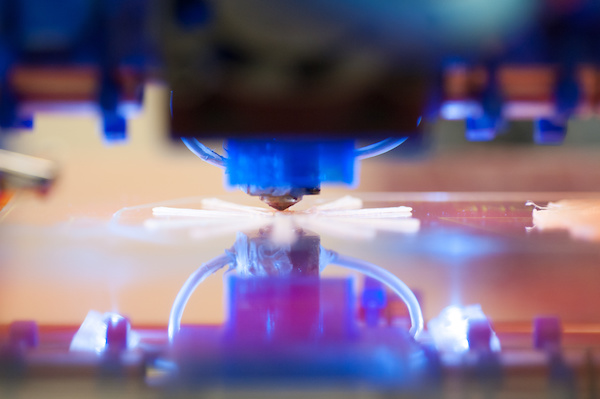
Used machinery can be a seriously sensible investment for a business, especially during its early stages when there may not be much wiggle room in your budget and you want to squeeze the most out of every penny you spend.
However, even if you do decide that second-hand equipment is right for you, it is still important to consider how best to deploy the resources which are at your disposal.
To that end, here are some tips that should maximize the impact of the fabrication gear you acquire.
Buy from a reputable supplier to ensure equipment quality.
There is nothing worse than splashing out on used machinery only to find that it is riddled with issues or prone to sporadic, substandard performance.
The best way to avoid this is to only order items that are available from vendors with a good reputation. Checking out the Revelation Machinery website, for example, will let you browse a wide selection of market-leading second-hand kit that is of a high quality and available with all the details you need to make an informed decision.
Choose the right machinery for your niche.
While you might be eager to dive in and get your hands on the latest and greatest machinery on the used market, it pays to think about which kinds of equipment will actually make the biggest impact for your fledgling business.
This should be defined by the industry niche you intend to target and the types of materials you will be working with.
Make a note of your requirements before you start your search, and this should help you narrow down your prospective purchases.
Carry out maintenance regularly.
If your machinery suffers unplanned downtime, it could be a significant and expensive setback for your entire operation. This is why making sure that it is well maintained is important, as while the work needed may be disruptive in its own right, it will be far better than the alternative.
Of course you could also factor maintenance requirements into your search for used machinery in the first place, as some systems need less frequent interactions than others. For example, fiber laser fabrication machines are considered low maintenance, while the likes of CNC mills with tooling that makes direct contact with material require more care and attention over time.
Invest in upgrades and consider compatibility.
A positive asset of second-hand fabrication machinery is that it can often be augmented and updated both in terms of the hardware that it features and the software that is used to operate it. This will not just give you the option of improving things like performance and reliability, but could also allow you to diversify your operations and take on different projects from new clients further down the line.
It is sensible to keep your ear to the ground and look out for innovations made in the world of fabrication machinery, as this will allow you to respond to impending changes rather than being sideswiped by them.
The post How To Get Most Out Of Second-Hand Fabrication Machinery appeared first on Young Upstarts.
via https://www.AiUpNow.com/ by admin, Khareem Sudlow

